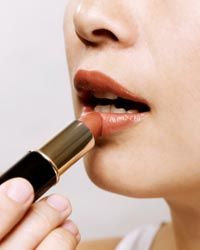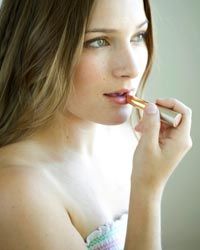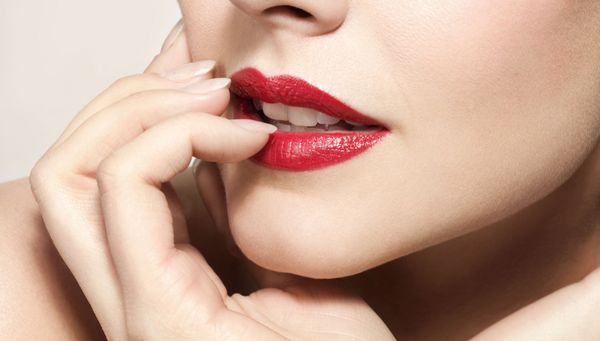Skin cancer is currently the most common form of cancer in the U.S. [source: Centers for Disease Control]. And rates are rising: Cases of melanoma of the skin in men increased 7.7 percent per year between 2003 and 2005, while cases in women increased 2.9 percent per year between 1993 and 2005 [source: Centers for Disease Control]. Many people know that an important step in preventing skin cancer is to apply sunblock to exposed skin. And there are many foundations, or bases, that include sun protection factor (SPF) levels for the face. In fact, the Skin Cancer Foundation encourages women to use makeup as one of many lines of defense against ultraviolet (UV) rays. The lips, however, are often overlooked when it comes to sun protection. This is problematic, because your lips are comprised of the most vulnerable skin on your face and contain almost no melanin, the compound that not only determines skin color but protects us from the sun's harmful rays.
But when it comes to protecting your lips from skin cancer, is lipstick a friend or foe? The experts say the answer is both. Any lipstick containing an SPF of 15 or higher is going to help protect your lips, and matte or opaque lipsticks are better than no protection. However, shimmery lipsticks and glosses are not only unhelpful in protecting your lips; they may also be harmful. These lipstick styles have an effect similar to baby oil in that they attract UV rays. So far, a direct link between glossy lipstick and skin cancer hasn't been found, but many dermatologists warn against applying it to the delicate skin on your lips.
Advertisement
Is skin cancer the only danger lipstick potentially poses? Are there dangerous ingredients lurking in lipstick that can cause cancer? On the next page, we'll look at some shocking new findings about modern lipstick.
Advertisement


